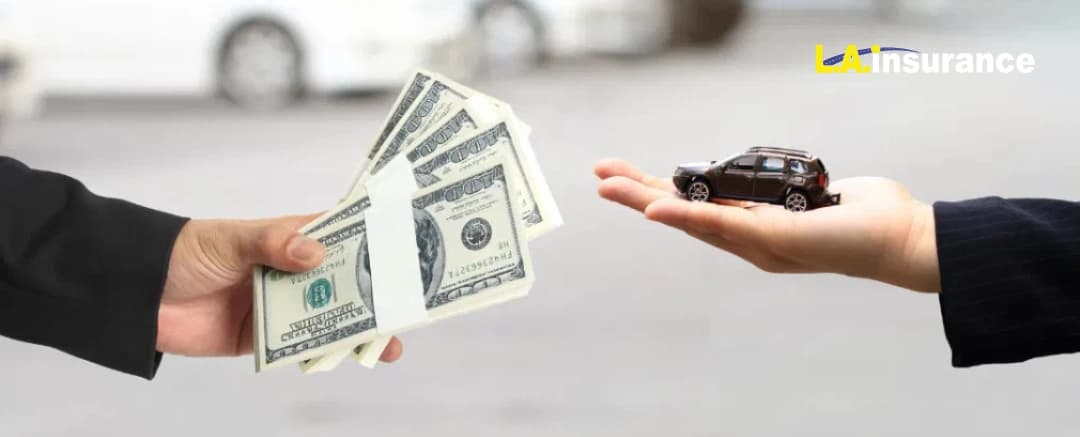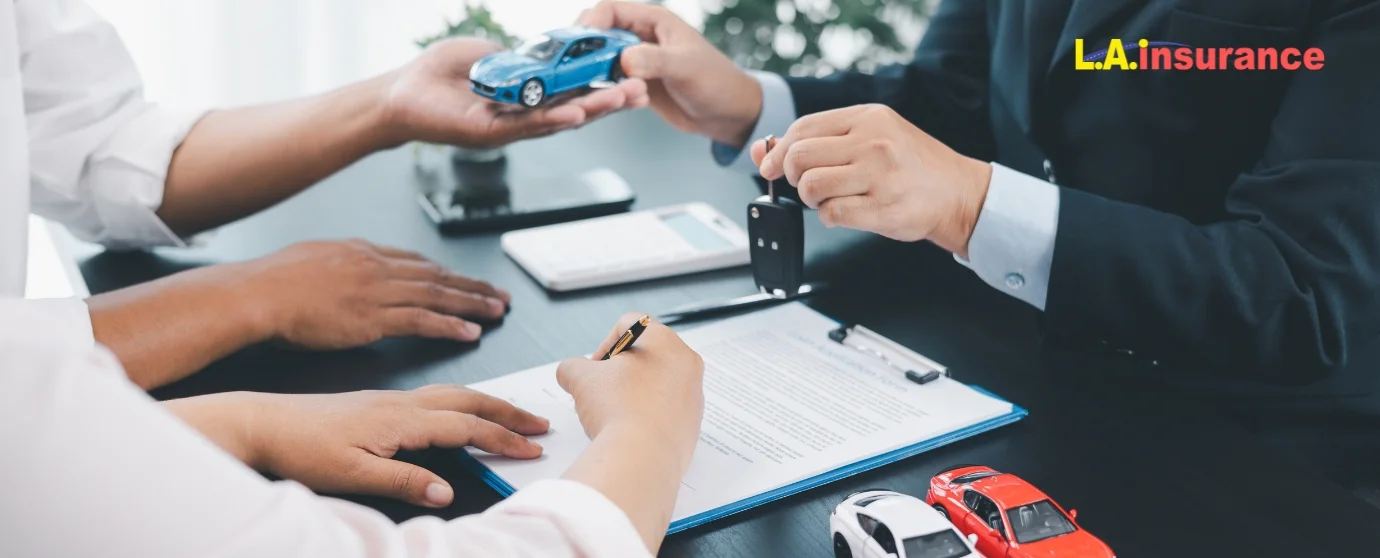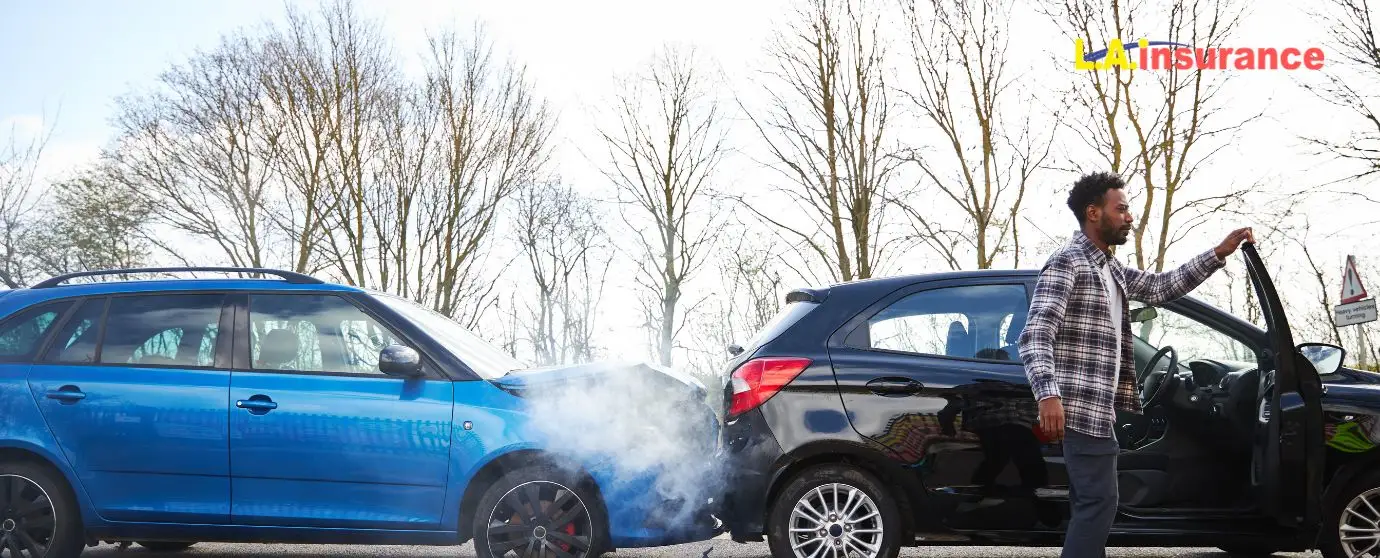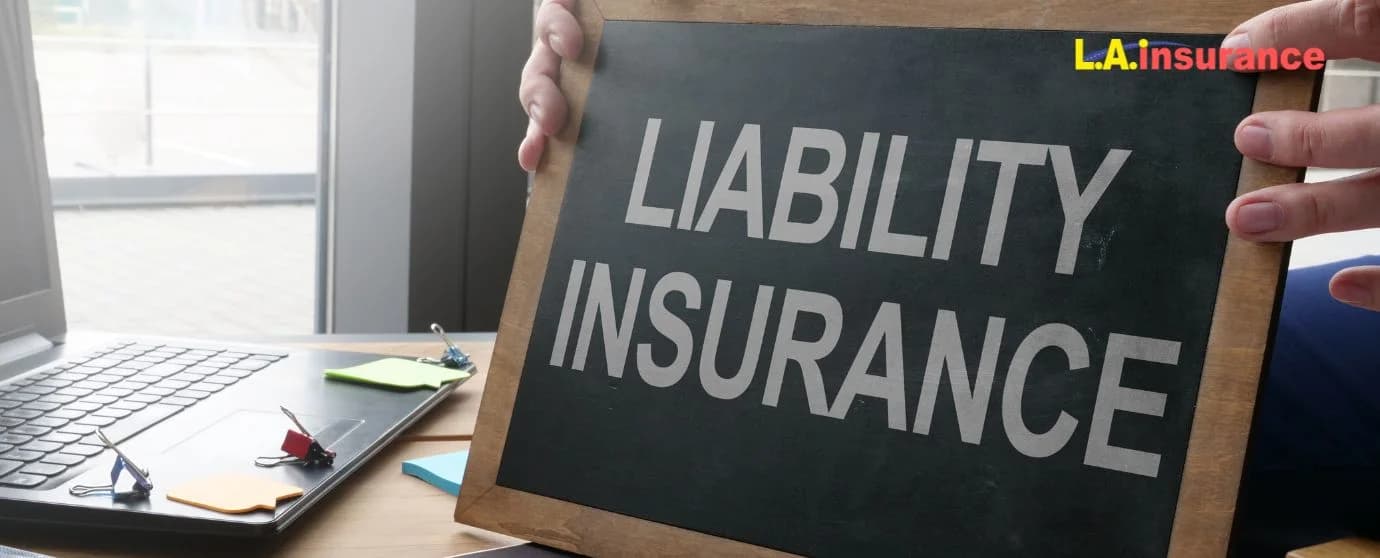
Publish Date: 08-07-2025
Auto Insurance
Last Updated: 15-12-2025
Can I Trade in a Financed Car?
Buying a car is utterly exciting, but trading one in? That can feel kind of overwhelming. Especially if you still owe money on it. So, when it comes to selling a car with a loan, you might wonder, Can I trade in my car if I haven’t paid it off? The short answer is yes. But there’s more to it.
Your car isn’t just a machine. It is also a financial commitment. Whether you have positive or negative equity, trading in affects your budget. The wrong move could cost you. And the right one could save you a few thousand bucks.
In this article, we’ll discuss whether you can trade in a car with positive or negative equity, what to consider before trading in a financed car, and how to trade in a financed car with simple, easy steps.
Can I Trade in a Car That I’m Financing?
As mentioned earlier, you can trade in a financed car even if you still owe money on it. And the process isn’t as complicated as you might think.
The first factor to consider here before you decide to trade in is your car’s worth compared to your loan amount. If your car is worth more than what you owe, you have positive equity. If it’s worth less, you have negative equity which is also called being “upside down” or “underwater” on your loan.
Your trade-in offer from a dealership will go toward paying off the loan on your current vehicle. But what happens next depends on your remaining balance. If you have positive equity, you can comfortably use the extra amount to cover your next purchase. If you have negative equity, you must pay the difference or roll it into your next auto loan. Let’s make you understand what happens in each situation.
Do you have affordable full coverage auto insurance on your financed vehicle that most lenders require? If not, contact our insurance agent or call L.A. Insurance support at (800) 893-9393 for any questions. Get a cheap auto insurance quote today from the most affordable agency. If you’re in Michigan, Colorado, Texas, Florida, Arizona, Georgia, or Nevada, visit our nearest office.
Trading in a Car with Positive Equity
Having positive equity is the best-case scenario. It means your financed vehicle is worth more than your remaining loan.
Here's how it works:
- The dealership offers you a trade-in offer.
- They use that amount to pay off your remaining loan.
- Any leftover money becomes credit toward your next car.
Example:
Say you owe $6,000, but your car's worth is $9,000. The dealer pays off your loan amount and gives you $3,000 in credit. You can use it as a down payment on your next car or keep it as cash.
Why this is a good idea:
- Lowers your monthly payments on the new car.
- Reduces the amount you need to apply for financing.
- Helps you start fresh with a better loan.
Trading in a Car with Negative Equity
If you owe more than your car is worth, you have “negative equity” or a “negative equity car loan”. It means you still owe more money on your loan than the car’s current market value. In this case, you have two main options:
- Pay the difference. If your car is worth $10,000 but you owe $12,000, you must cover the $2,000 gap. Paying this upfront prevents you from rolling over a loan and adding debt to your next purchase.
- Add the difference to your new loan. If you can’t pay the full amount, some dealerships allow you to roll the remaining balance into your next car loan. But this means you’ll owe more than your new car is worth. And you’ll continue the cycle of negative equity.
Example:
Let’s say you owe $16,000, but the dealership offers $12,000. The missing $4,000 gets added to your new car loan. If your next vehicle costs $20,000, your new loan amount becomes $24,000.
Here's the risk of trading car with a negative equity:
- Highway monthly payments.
- More interest paid over time.
- Harder to trade in again later.
If possible, wait until your remaining amount is lower than your car’s worth before trading in. This way you can avoid being stuck in an endless loop of debt.
Learn More: How to Sell a Car in Michigan?
Other Things to Consider Before You Trade in a Financed Car
Before trading in your car, know where you stand financially. Rushing into a bad deal can cost you. Here’s what you should consider before you sell your current vehicle and buy a new one on loan:
- First, check your remaining loan balance. If you owe more than your car is worth, you have negative equity.
- Next, determine your trade-in offer. You can use Kelley Blue Book, Edmunds, or dealership quotes to estimate your car’s value.
- Consider your budget. Will your monthly payment increase? Can you afford the loan amount for a new car? Ask yourself these questions.
- Think about rolling over a loan. Adding debt to your next auto loan can keep you stuck in financial stress.
- Check interest rates before you apply for financing. A high rate can make your new car more expensive.
8 Easy Steps to Trade in a Financed Car
You don’t have to feel too complicated while trading in your financed vehicle. Follow these steps from our experts to make the process smooth and stress-free:
1. Check Your Credit Score First
Before you go to the dealership, know your credit score. Your score affects the financing options for your new car. A high score can get you better rates, while a low score might lead to higher payments. Check your score for free, and if you need to, take steps to improve it before applying for financing.
2. Determine Your Loan Payoff Amount
Contact your lender to find out the exact amount you still owe on your car loan. This amount may be different from what your statement shows because it includes any interest that has built up. Knowing the loan payoff amount helps you see how much you owe and whether your car has positive or negative equity.
3. Assess Your Car’s Trade-in Value
Before you go to the dealership, check your car’s market value. Use tools like Kelley Blue Book to find out what your car is worth. Keep in mind that these values are just estimates. Knowing this information will help you decide what to do with your trade-in at the dealership.
4. Determine Your Equity
Subtract your remaining loan from your car’s worth. If positive, great! If negative, consider options carefully. It’s always advisable to pay off a loan fully before you trade in. This makes sure you don’t stuck in debt forever.
5. Prepare Your Car for the Trade-In
Before you visit the dealership, get your car ready. You don’t need to have it fully detailed, but small things can make a big difference. Wash the exterior, clean the inside, and fix any minor issues that might increase your car’s value. If there are any major problems, be honest about them to save time during the trade-in process. The better your car looks, the more likely you'll get a good trade-in offer.
6. Gather All Necessary Paperwork
To make the trade-in process as hassle-free as possible, be sure to gather all the paperwork related to your car. This includes:
- Title (if you have it, or the payoff statement if your car is financed)
- Registration
- Proof of Insurance
- Recent maintenance records (If available)
- Driver’s license
7. Negotiate the Trade-in Offer
Don't accept the first trade-in offer you get for your car. Negotiating is important. Do your research to understand your car's market value. If you don’t like the initial offer, visit other dealerships. Remember, the trade-in offer and the price of your new car are separate, so it would be best if you negotiate each deal independently.
8. Confirm the Payoff and Finalize the Deal
Once you have agreed on the trade-in offer, the dealer will pay off your loan amount. If you owe more than your car is worth (negative equity), you’ll need to either pay the difference upfront or roll over the loan into your new car loan. Make sure you get written confirmation that the remaining balance on your loan is fully paid. A few weeks later, double-check with your lender to make sure the loan has been settled.
Read More: Can I Buy a Car without a License?
Advantages and Disadvantages of Trading in a Financed Vehicle
Trading in is undoubtedly the best move you can take if you want to get rid of your old vehicle. However, it also has some potential downsides. Before you make a decision, weigh the pros and cons carefully. See the table below:
Advantages | Disadvantages |
Quick and convenient. Dealers handle most of the paperwork and save you time and effort. | Lower trade-in value. You’ll likely get less than if you sold the car privately. |
Reduces loan balance. If you have positive equity, the extra value can lower your next auto loan amount. | Risk of negative equity. If you owe more than your car is worth, you may have to pay the difference. |
Simplifies loan payoff as the dealer typically pays off your remaining loan balance. | Rolling over a loan can be costly. It adds debt to your next car loan and increases the amount you owe. |
May lower monthly payments. Trading in a cheaper car with better financing can reduce monthly payments. | Interest costs can add up. A larger loan amount means you will pay more in interest over time. |
Opportunity for better financing. You can secure a better loan with a lower interest rate if your credit score has improved. | Limited negotiation power. Dealers may not offer the best trade-in offer, which makes it harder to get a great deal. |
Potential dealership incentives if you choose the same provider. | Possible fees and penalties. Early loan payoff fees may apply. |
What Are Alternatives to Trade in?
You might not always find the best deal while trading in a financed vehicle. But don’t worry! You still have alternatives. Depending on your loan amount and financial situation, one of these might be a good option:
- Sell your car privately. Selling to a private buyer usually gets you more money than a trade-in offers. However, it takes time, effort, and paperwork. You’ll need to pay off your loan before transferring ownership.
- Refinance your loan. If your interest rate is high or your monthly payments are too much, refinance can help. Getting a lower interest rate and extended loan term can reduce your loan amount, and monthly payment and save money.
- Keep the car and pay it off. If you can afford it, keeping your financed vehicle and finishing the payment is the best financial decision.
Read More About Financed Car: Do You Need Full Coverage on a Financed Car?
Key Tips for Trading in a Financed Vehicle
- Consider selling your car privately if you’re not getting the expected amount.
- Check your remaining loan balance before negotiating a trade-in.
- Before shopping, know your car’s value using a site like Kelley Blue Book.
- Fix minor repairs to increase your car’s worth and trade-in value.
- Bring your loan payoff statement, registration, and maintenance record.
- Visit multiple dealerships to compare trade-in offers and financing terms.
- Avoid rolling over negative equity.
- Make sure the dealer pays off your remaining balance and get written proof.
Also Learn: Can You Get Liability Insurance on a Financed Car?
Can I Trade in a Car I'm Financing: The Bottom Line
Yes, you can trade in a financed car at any time, but timing is important. If you have positive equity, it’s a great move. If you don’t, it’s worth reconsidering your options and trying to avoid rolling over a loan.
It’s necessary to keep the lender-required insurance on your financed vehicle until you sell it privately or trade it in. If you haven’t fully paid off your loan, maintaining full coverage insurance is necessary, as liability auto insurance alone won’t fully protect a financed vehicle. Another tip is to keep gap insurance, which ensures the insurer covers your loan amount if the car is stolen or totaled.
Frequently Asked Questions (FAQs)
Should I trade in a car I’m still paying off?
It depends on your loan amount and the car’s worth. If you have positive equity, trading in is a smart move. If you have negative equity, consider waiting or paying the difference upfront. Avoid rolling over a loan unless necessary.
How soon can you trade in a financed car?
You can trade in your financed vehicle anytime. However, trading in too soon can lead to negative equity. If possible, wait until your remaining loan is lower than your car’s worth to avoid financial loss.
Does selling a financed vehicle affect my credit score?
Yes, but it depends on how you handle the loan payoff. If the remaining loan is fully paid on time, your credit score won’t drop. However, if you miss payments or roll over a loan, it may lower your score. Paying off the loan amount in full can improve your credit.
When is the best time to trade in a financed car?
The best time is when your trade-in offer is higher than your remaining balance. Consider trading in when dealerships offer incentives or when used car values are high.
Where should I sell my financed car?
You can sell to dealerships, online car-buying services, or private buyers. Private sales usually bring higher offers but require paying off the loan before transferring ownership. Dealerships handle paperwork but may offer less money.
What are the key negotiation factors for selling a financed car?
Know your loan payoff amount and car’s worth before negotiating. Separate your trade-in offer from your next car’s price. Get multiple offers, compare Kelley Blue Book values, and negotiate both monthly payments and total loan costs.
Tag :
Auto insurance
Comercial Auto








